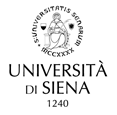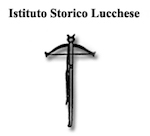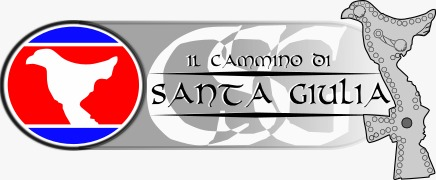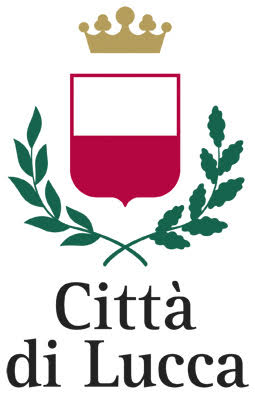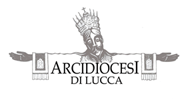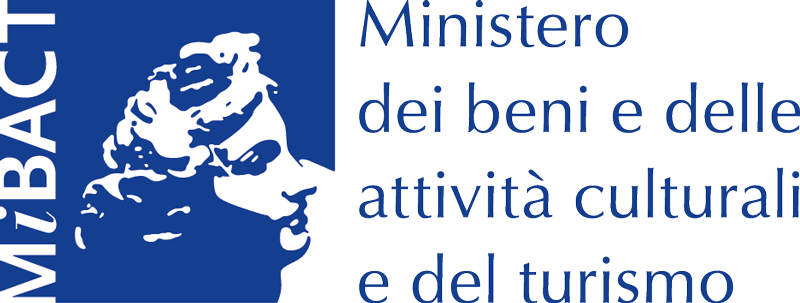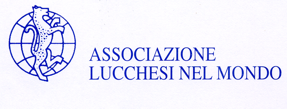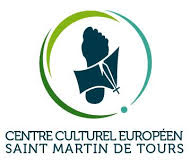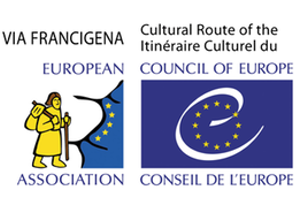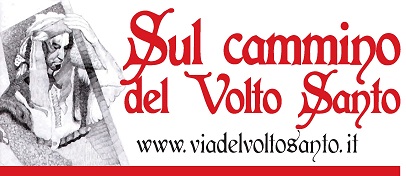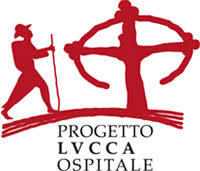Image, branding, and logos are obsessions of our age. Iconic images dominate the media. Christ to Coke is the first book to look at all the main types of visual icons. It does so via eleven supreme and mega-famous examples, both historical and contemporary, to see how they arose and how they continue to function. Along the way, we encounter the often weird and wonderful ways that they become transformed in an astonishing variety of ways and contexts. How, for example, has the communist revolutionary Che become a romantic hero for middle-class teenagers? The stock image of Christ's face is the founding icon - literally, since he was the central subject of early icon painting. Some of the icons that follow are general, like the cross, the lion, and the heart-shape. Some are specific, such as the Mona Lisa, Che Guevara, and the famous photograph of the napalmed girl in Vietnam. The American flag, the "Stars and Stripes", does not quite fit into either category. Modern icons come from commerce, led by the Coca-Cola bottle, and from science, most notably the double helix of DNA and Einstein's famous equation E=mc2. The stories, researched using the skills of a leading visual historian, are told in a vivid and personal manner. Some are funny; some are deeply moving; some are highly improbable; some centre on popular fame; others are based on the most profound ideas in science. The diversity is extraordinary. There is no set formula, but do the images share anything in common? So famous are the images that every reader is an expert in their own right and will be entertained and challenged by the narratives that Martin Kemp skilfully weaves around them.
Christ to coke: how image becomes icon
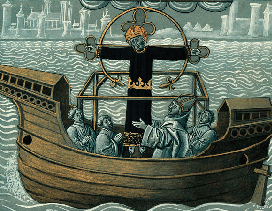
Type:
Bibliography:
Publisher:
Oxford University Press
Place of publication:
New York
Year:
2011
Pages:
392
Source:
Google books
Abstract:








